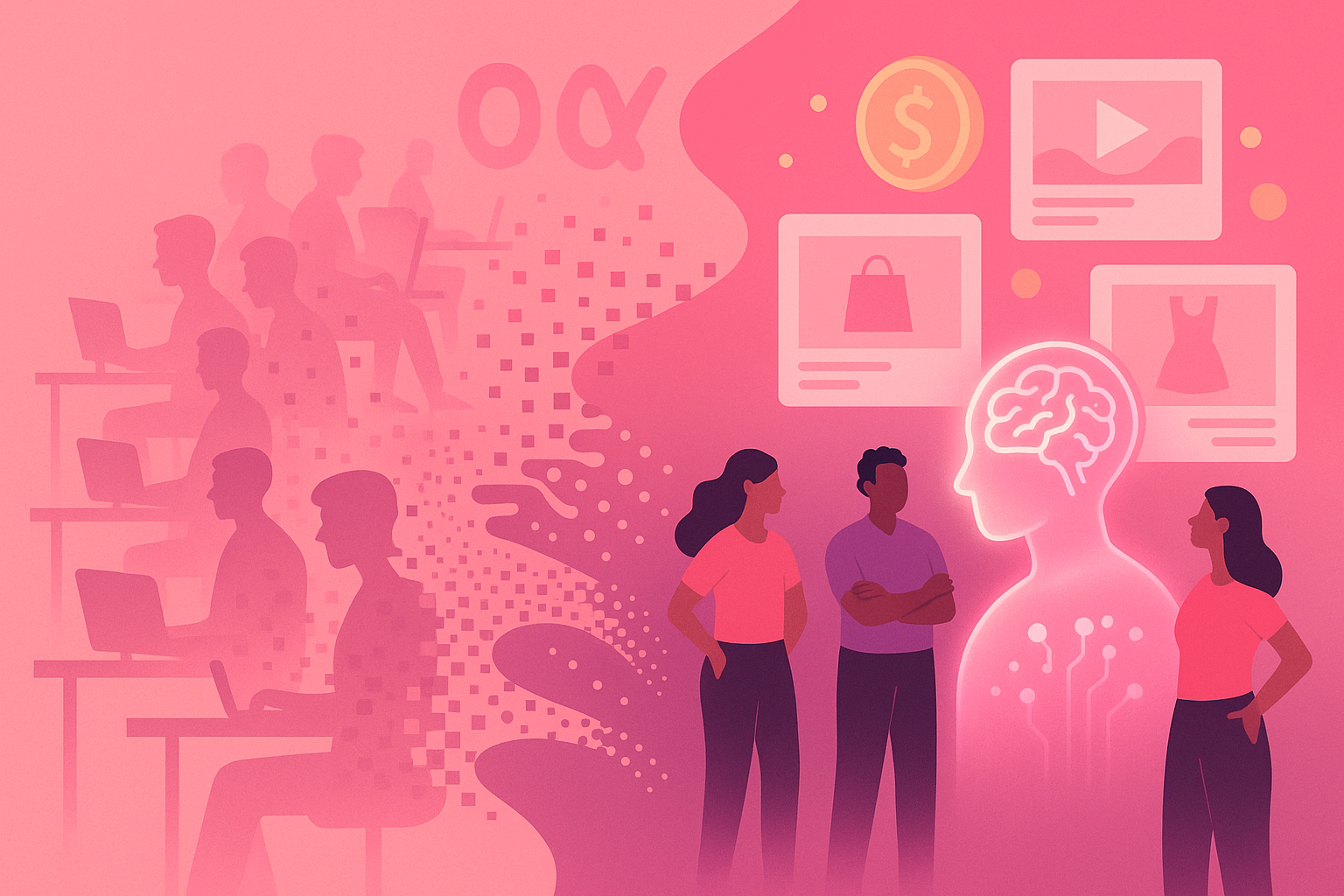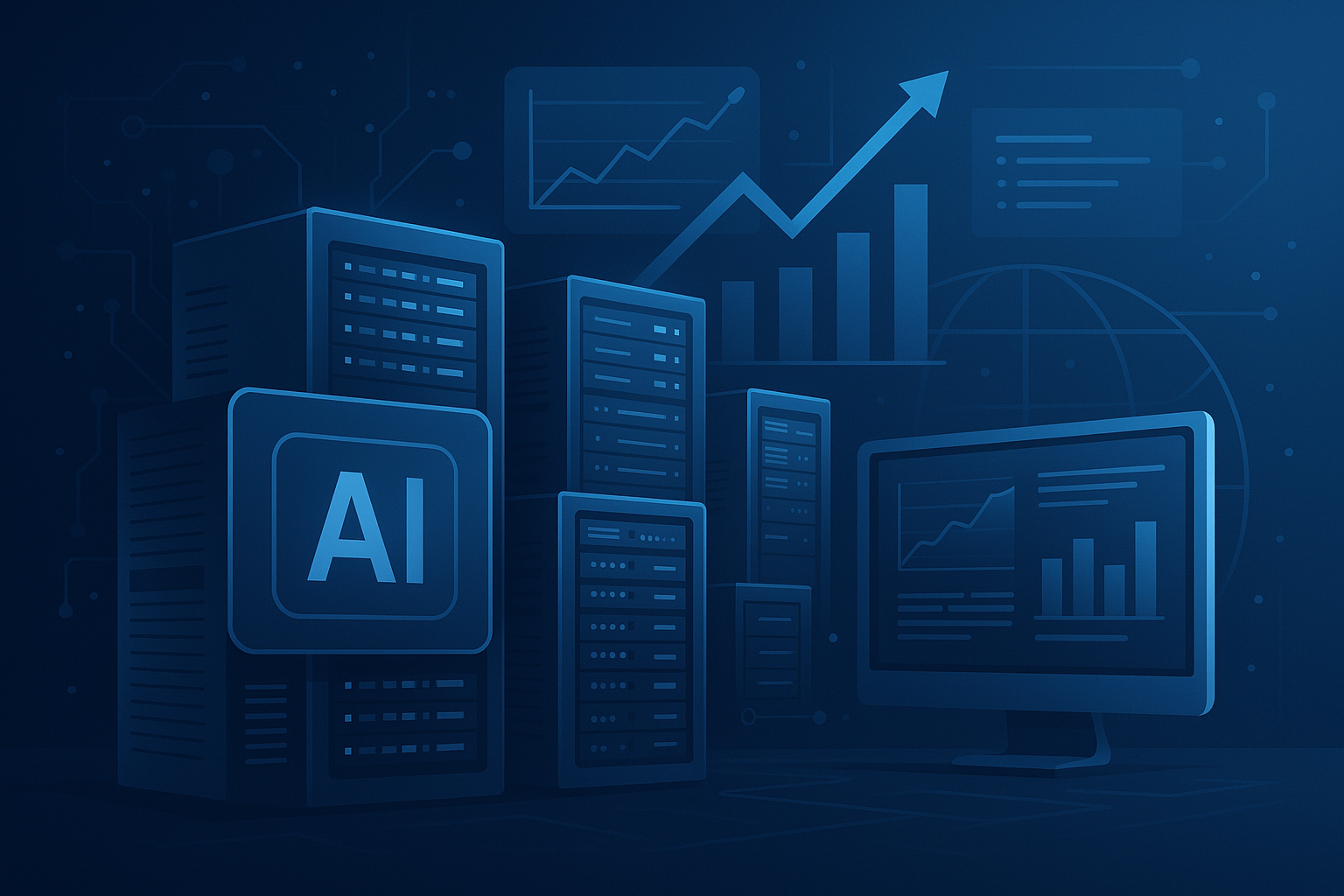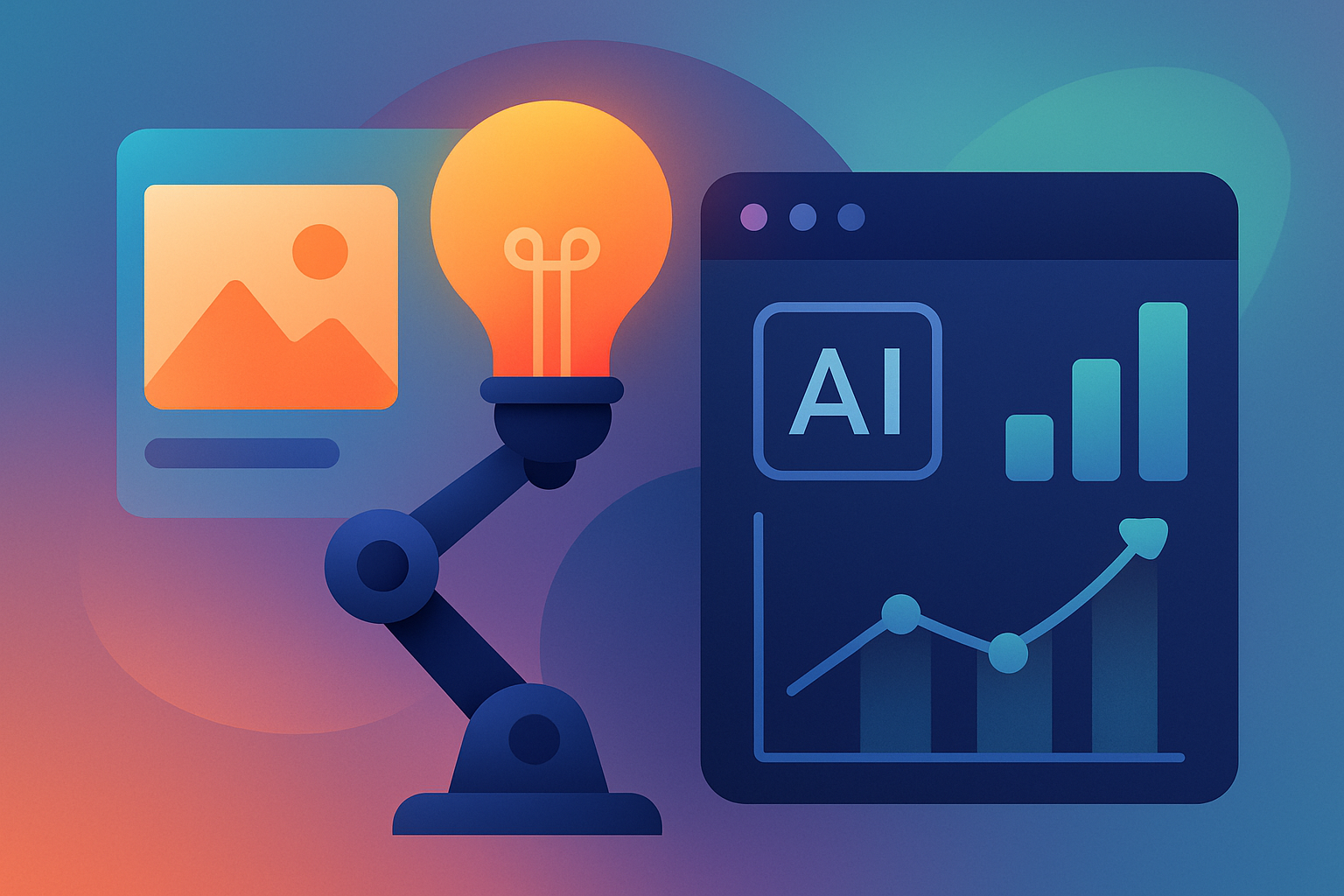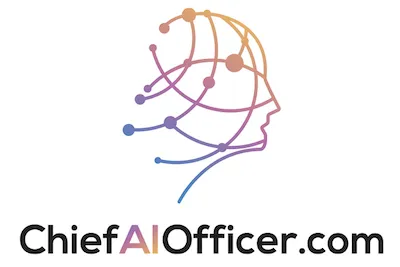Klarna reduced its marketing team from 200 to 100 employees while simultaneously running more campaigns, producing more creative assets, and reducing marketing spend from $40 million to $30 million annually. This wasn’t gradual efficiency improvement. It was systematic replacement of human labor with AI across image production, copywriting, translation, and campaign management.
The $10 million annual savings breaks down into $6 million from image production automation and $4 million from eliminating external vendors for translation, production, and social media management. The savings came from speed transformation: image production that previously took six weeks now completes in seven days. Marketing copy that required human writers for weeks now gets generated by AI handling 80% of copywriting at 70% lower costs.
Here’s the uncomfortable truth Klarna’s CEO openly acknowledged: AI doesn’t just make workers more productive. It makes many workers unnecessary. The company didn’t need 200 marketers to do the work when AI could handle most creative production, copywriting, and localization that previously required large teams. Half the marketing department became redundant not because they weren’t skilled but because AI could do their jobs faster and cheaper.
The question facing every marketing organization is brutal: do you proactively deploy AI and manage workforce transition deliberately, or wait until competitive pressure forces reactive layoffs when you’re already behind competitors who moved first?
The Marketing Budget Reality
Klarna’s marketing and sales budget of $40 million annually represented substantial spend for a fintech company, but the spending patterns created inefficiencies that AI could address. Understanding where money went reveals why AI automation generated such significant savings.
External agency costs consumed substantial portions of the budget. Creative agencies charging $50,000-100,000+ per campaign for image production, copywriting, and campaign development. Translation services converting marketing materials into dozens of languages at premium per-word rates. Social media management agencies handling content calendars, community management, and paid advertising. Production vendors coordinating photoshoots, video creation, and asset management.
These external costs created both financial and operational challenges. The financial burden of paying premium agency rates for work that internal teams could potentially handle. The operational challenge of coordinating with external partners causing delays and limiting iteration speed. The agencies working on typical 6-8 week timelines that made marketing feel slow and unresponsive to market changes.
The internal headcount costs also accumulated substantially. 200 marketing employees at average fully-loaded costs of $100,000-150,000 per person represented $20-30 million in annual personnel expenses. This headcount covered diverse functions: creative teams producing assets, copywriters drafting content, campaign managers coordinating execution, analysts measuring performance, and coordinators managing agency relationships.
The workflow inefficiencies multiplied these costs. Creative production requiring multiple review cycles consumed weeks. Localization happening sequentially after English content creation delayed international launches. Campaign coordination across teams and agencies created communication overhead consuming substantial time. These inefficiencies meant the $40 million budget delivered less output than it theoretically could if workflows were optimized.
Klarna recognized that AI could address both the external agency costs and internal workflow inefficiencies simultaneously. Automating creative production eliminated expensive agency fees while accelerating timelines. AI-powered copywriting and translation reduced both external translation costs and internal writer requirements. The combination created the conditions for radical cost reduction while maintaining or improving output.
The Image Production Transformation
Klarna produced over 1,000 marketing images in three months using AI tools like MidJourney, DALL-E, and Firefly, reducing production timeline from six weeks to seven days while saving $6 million annually. This transformation reveals how AI fundamentally changes creative production economics.
Traditional image production for financial services marketing required extensive process: brief creative agencies with campaign concepts, wait for agencies to develop mood boards and initial concepts, provide feedback through revision rounds, schedule and execute photoshoots with models and photographers, conduct post-production editing and retouching, and finally deliver final assets. This process consumed 6-8 weeks minimum and cost thousands of dollars per final image.
The six-week timeline created strategic problems beyond just speed. Marketing campaigns needed to be planned months in advance to accommodate production timelines. Responding to market events or competitive actions required either abandoning planned campaigns or accepting that responses would arrive weeks after relevance faded. The long lead times made marketing feel perpetually behind rather than responsive and timely.
AI image generation collapsed these timelines by eliminating most steps. Marketing teams prompt AI tools with desired concepts, review hundreds of generated variations within hours, select and refine preferred options through additional prompts, and produce final assets ready for use in days rather than weeks. The human work shifts from managing complex production logistics to writing effective prompts and curating AI outputs.
The cost transformation is even more dramatic. Traditional photoshoots costing $10,000-50,000 for campaign asset sets get replaced by AI generation costing essentially nothing beyond tool subscription fees. A $2,000 monthly MidJourney subscription producing unlimited images replaces hundreds of thousands in annual photoshoot expenses. The per-image cost drops from hundreds or thousands of dollars to effectively zero.
The $6 million annual savings likely represents combined elimination of agency creative fees, photography costs, model fees, location rentals, and post-production work that AI generation doesn’t require. Producing 1,000+ images through traditional methods would cost millions. Producing the same through AI costs a fraction of one percent of that amount.
The seven-day production timeline also enables entirely different marketing approaches. Klarna can now test dozens of creative approaches for each campaign, something economically impossible when each variation costs thousands and takes weeks to produce. They can respond to market events within days rather than abandoning timeliness due to production constraints. They can personalize creative for different markets and audiences at scale that traditional production couldn’t support.
The 80% Copywriting Automation
Klarna’s “Copy Assistant” AI tool handles 80% of marketing copywriting at 70% cost reduction, transforming content production from labor-intensive human writing to AI generation with human oversight. This automation level represents far more aggressive AI adoption than typical marketing AI tools achieving 20-30% task automation.
The 80% automation comes from AI handling routine copywriting: social media posts, email marketing, product descriptions, ad copy variations, and basic website content. These categories represent the majority of marketing copy volume even though they’re not the most strategic or creative writing tasks. High-impact content like brand positioning, major campaign concepts, or executive communications still requires human writers, but represents small percentage of total copy volume.
The 70% cost reduction reflects multiple savings sources. Direct copywriter headcount reduction as AI handles work previously requiring human writers. Faster production enabling campaigns to launch sooner, reducing time-to-market costs. Greater copy variation for testing improving campaign performance without proportional cost increases. Translation automation reducing external vendor fees for localized copy.
The implementation likely involved training the Copy Assistant on Klarna’s brand voice, approved messaging, and successful past copy to generate outputs aligned with brand guidelines. This training ensures AI-generated copy sounds authentically Klarna rather than generic AI writing that could come from any brand.
The human oversight model matters significantly. The 80% automation doesn’t mean AI writes final copy used without human review. It means AI generates draft copy that humans review, refine, and approve. This human-in-the-loop approach ensures quality while capturing AI efficiency. A writer spending 2 hours writing copy from scratch might spend 20 minutes reviewing and refining AI-generated drafts, achieving 80%+ time savings while maintaining quality standards.
The 80% automation rate also implies substantial upfront investment in training both the AI system and human copywriters. The AI needed tuning to Klarna’s specific requirements. Human copywriters needed training in how to effectively prompt AI, evaluate AI outputs, and efficiently refine generated copy. This transition investment pays ongoing dividends as the system matures and teams develop expertise working with AI tools.
The $4 Million Vendor Cost Elimination
Klarna saved $4 million annually by reducing spending on external marketing vendors for translation, production coordination, and social media management. This vendor cost elimination represents strategic decision to bring capabilities in-house through AI rather than continuing to outsource to specialized agencies.
Translation represented substantial vendor costs. Marketing materials localized into dozens of languages at premium per-word rates from human translation services. AI translation provides comparable quality at fraction of the cost, particularly for marketing copy where perfect precision matters less than for legal or technical documentation. Tools like GPT-4 handle translation with cultural adaptation and localization nuances that earlier machine translation struggled with.
Production coordination vendors previously managed complex creative workflows: coordinating between internal teams, creative agencies, photographers, and other vendors; managing asset libraries and version control; and ensuring campaigns launched on schedule across channels. AI-powered project management and automation tools handle much of this coordination, reducing need for human coordinators managing logistics.
Social media management agencies handling content calendars, community management, and paid advertising got partially replaced by AI tools managing posting schedules, generating responses to common inquiries, and optimizing ad performance automatically. While human oversight remains necessary, the automation reduces the number of human hours required and thus agency fees.
The $4 million savings likely represents both complete elimination of some vendors and substantial reduction in spending with retained vendors. Some services became entirely unnecessary when AI provided equivalent capabilities. Other services remained needed but at reduced scope when AI handled routine aspects, leaving only complex or strategic work requiring human vendors.
The vendor elimination also provided strategic benefits beyond just cost savings. Reducing external dependencies gave Klarna more control over marketing execution timelines and quality. Internal teams using AI tools could iterate faster than coordinating with external agencies working on their own schedules. The reduced coordination overhead made marketing more nimble and responsive to market changes.
The 50% Headcount Reduction
Reducing marketing headcount from 200 to 100 employees represents the most dramatic and controversial aspect of Klarna’s AI transformation. This 50% reduction demonstrates how AI doesn’t just make workers more productive but can make substantial portions of workforces redundant.
The headcount reduction came from multiple sources across marketing functions. Creative teams shrank as AI image generation eliminated roles focused on coordinating photoshoots, managing agencies, and producing asset variations. Copywriting teams reduced as AI handled routine content generation. Translation teams disappeared as AI provided localization services. Campaign coordination roles became less necessary as AI automation reduced manual workflow management.
The reduction likely happened through combination of attrition, voluntary departures, and involuntary layoffs. Klarna’s CEO suggested the company manages headcount through not replacing departing employees rather than purely through layoffs, but the 50% reduction over relatively short period implies substantial involuntary separations alongside natural attrition.
The timing matters significantly. Klarna made these reductions in 2024 when generative AI capabilities became mainstream following ChatGPT’s late 2022 launch. The company moved aggressively to adopt AI while many competitors still explored cautiously. This aggressive early adoption created advantages but also meant navigating workforce reductions without established playbooks for AI-driven restructuring.
The remaining 100 employees likely focus on work requiring distinctly human capabilities: strategic campaign development, brand positioning, creative direction, relationship management with key partners, and complex problem-solving that AI can’t handle. The roles that survived are those where human judgment, creativity, and relationship skills provide value beyond what AI can automate.
The Customer Service AI Assistant
Klarna’s AI assistant handles tasks equivalent to 700 full-time employees, cutting customer service costs by $4 million while improving efficiency, response times, and multilingual support. This customer service transformation parallels the marketing automation in demonstrating AI’s ability to replace large numbers of human workers in high-volume repetitive tasks.
Customer service represents ideal use case for AI automation because inquiries follow patterns. Many customers ask similar questions about account status, payment schedules, refund processes, and basic troubleshooting. AI trained on these common patterns can provide accurate answers instantly without human agent involvement.
The 700 FTE equivalence suggests Klarna’s customer service AI handles millions of inquiries annually. At average handling of 50-100 inquiries per day per agent, 700 FTEs represent 35,000-70,000 daily inquiries or roughly 10-25 million annually. This volume demonstrates genuine production-scale deployment rather than pilot programs handling small inquiry percentages.
The $4 million savings comes from avoided agent costs. At $30,000-50,000 per agent in fully loaded costs including wages, training, infrastructure, and management, 700 FTEs represent $21-35 million in annual expenses. The $4 million savings suggests Klarna doesn’t entirely eliminate these roles but rather reduces headcount needs from what would have been required to maintain service levels as business scales.
The multilingual capability particularly matters for global companies like Klarna operating across diverse markets. Human customer service requires hiring native speakers for each language, often requiring separate teams in different regions. AI handles multiple languages through single deployment, providing consistent service quality across languages without proportional cost scaling.
The Collaborative Relationship with OpenAI
Klarna’s partnership with OpenAI accessing cutting-edge generative AI models provided technical capabilities that internal development couldn’t match. This strategic partnership decision reflects pragmatic assessment about building versus buying AI capabilities.
OpenAI’s models like GPT-4 represent investments of hundreds of millions of dollars and thousands of person-years from world-class AI researchers. Klarna couldn’t replicate these capabilities internally without similar investments that would dwarf any potential savings from AI deployment. The partnership provides access to state-of-the-art AI that would be economically impossible to develop independently.
The partnership also provides continuous improvement as OpenAI releases enhanced models. GPT-4 significantly outperforms GPT-3.5. Future models will likely exceed GPT-4’s capabilities. Klarna benefits from these improvements without additional investment beyond API fees, creating compounding value over time.
The integration approach likely involved OpenAI providing technical support helping Klarna implement AI effectively for their specific use cases. This support accelerates deployment and ensures implementations follow best practices rather than Klarna learning entirely through trial and error.
The partnership does create dependency on OpenAI’s technology and business decisions. If OpenAI’s pricing increases substantially, performance degrades, or the partnership dissolves, Klarna faces disruption. This vendor risk is typical of relying on external technology providers but becomes particularly significant when core operations depend heavily on specific AI models.
The Workflow Transformation
Klarna’s CEO emphasized that AI “fundamentally changed operational workflows” rather than just automating specific tasks. This workflow transformation perspective recognizes that AI’s impact extends beyond task-level automation to reconceiving how entire processes operate.
Traditional marketing workflows operated sequentially: strategy development, creative briefing, asset production, campaign setup, launch, and optimization. Each stage completed before the next began, creating lengthy end-to-end timelines. AI enables parallel workflows where creative generation, copy development, and campaign setup happen simultaneously rather than sequentially, compressing timelines dramatically.
The iteration cycles also transform. Traditional workflows involved expensive iteration: if initial creative didn’t perform well, going back for new creative meant repeating multi-week production cycles. AI enables rapid iteration testing dozens of variations cheaply and quickly, failing fast and finding winners through volume rather than hoping initial choices succeed.
The approval processes also changed. Traditional workflows required executive approvals at multiple stages because mistakes were expensive to correct. AI-generated content costs almost nothing to regenerate, making approvals less critical. Teams can experiment more freely knowing failures don’t waste substantial money or time.
The skill requirements also shifted fundamentally. Marketing teams previously needed expertise in project management coordinating complex agency relationships. Now they need expertise in prompting AI effectively and curating AI outputs. The shift from coordination to curation represents different skill profiles requiring different talent.
The Competitive Implications
Klarna’s aggressive AI adoption and resulting cost advantages create competitive pressure across fintech and broader financial services. Competitors observing $10 million annual savings and 50% marketing headcount reduction face strategic questions about their own AI adoption pace.
The cost structure advantages compound over time. Klarna can either maintain similar marketing spend while dramatically increasing output, or reduce spending while maintaining output, or some combination. Competitors maintaining traditional approaches face growing disadvantages as Klarna operates more efficiently and achieves better results per dollar spent.
The speed advantages also matter strategically. Klarna’s seven-day creative production enables responding to market changes, competitor actions, and emerging trends far faster than competitors working on six-week timelines. This responsiveness creates sustained relevance advantages where Klarna’s marketing feels current while slower competitors feel perpetually behind.
The talent competition also shifts. As AI adoption becomes standard expectation, marketers want to work where they’ll develop AI skills valuable for their careers. Klarna’s aggressive adoption attracts ambitious talent while competitors resisting AI risk being perceived as stuck in outdated practices.
The Workforce Displacement Debate
Klarna’s 50% marketing headcount reduction sparked debate about AI’s impact on employment. Some argue this demonstrates AI’s job-destroying potential requiring policy interventions. Others argue it shows productivity gains enabling businesses to operate more efficiently, creating value benefiting society broadly even if specific roles disappear.
The reality likely lies between extremes. AI clearly displaced marketing jobs at Klarna that previously provided good careers for skilled professionals. These people needed to find new employment, potentially in lower-paying roles or different fields. This individual impact matters regardless of aggregate economic effects.
However, Klarna’s lower operating costs potentially enable the company to grow faster, invest more in product development, or reduce prices for customers. These business impacts potentially create jobs elsewhere in the organization or economy even as specific marketing roles disappear. The net employment effect remains unclear.
The transition management also matters enormously. Companies conducting AI-driven workforce reductions thoughtfully with severance, job placement assistance, and retraining create less social harm than those executing abrupt layoffs. Klarna’s approach of managing through attrition where possible rather than pure layoffs represents more humane transition than some alternatives.
Your Strategic Response Path
For marketing organizations in any industry, Klarna’s results demand serious consideration of AI adoption pace and scope. The $10 million savings and 50% headcount reduction at a single company demonstrate AI’s transformative potential when deployed systematically rather than just enhancing existing workflows.
Start by mapping which marketing functions could benefit from AI automation similar to Klarna’s: image production, copywriting, translation, social media management, and campaign coordination. Each represents substantial cost that AI can potentially eliminate or dramatically reduce.
Evaluate AI tools across these functions testing whether they can match human quality at fraction of the cost. Many tools now exist for most marketing functions. The question isn’t whether AI alternatives exist but whether they’re good enough to replace current approaches.
Develop transition plans for affected roles acknowledging that aggressive AI adoption will reduce headcount needs. The choice isn’t whether to make these transitions but whether to manage them deliberately and humanely or let them happen reactively under competitive pressure.
Invest in upskilling remaining workforce to work effectively with AI tools rather than trying to protect all existing roles. The marketers who thrive in AI-augmented organizations are those who master prompting, curation, and strategic direction rather than those clinging to being hands-on producers of content AI can generate.
The Future of Marketing Work
Marketing work is fragmenting into three categories: tasks AI can fully automate, tasks AI can assist but not replace, and tasks requiring distinctly human capabilities. Understanding which category work falls into determines career implications and organizational planning.
Fully automatable tasks include most content production, basic copywriting, image generation, translation, and routine campaign management. These tasks don’t disappear but stop requiring human labor, meaning people previously doing them must transition to other work or face displacement.
AI-assisted tasks include complex copywriting, creative direction, strategic planning, and performance analysis. Humans remain essential but work very differently, using AI to handle mechanical aspects while focusing on judgment, creativity, and strategic thinking.
Irreplaceable human tasks include brand positioning, relationship building, complex negotiation, and leadership. These distinctly human capabilities remain valuable and likely become more valued as routine work gets automated.
The future marketing organization employs far fewer people than today but potentially accomplishes far more through AI leverage. Klarna’s transformation from 200 to 100 marketers producing more output at lower cost previews this future for organizations willing to embrace aggressive AI adoption.
The $10 Million Question
Saving $10 million annually through AI while cutting marketing headcount in half demonstrates that generative AI delivers concrete measurable business value rather than just being hyped technology. Klarna’s results provide concrete evidence that systematic AI deployment can transform organizational economics fundamentally.
The question facing every marketing organization is whether to pursue similar transformations proactively or wait until competitive pressure forces reactive responses. The companies moving first build advantages that compound over time as they accumulate experience and refine approaches. Those waiting face playing catch-up from disadvantaged positions.
Cutting headcount in half while increasing output and reducing costs by $10 million annually isn’t about incremental improvement. It’s about fundamentally reconceiving how marketing organizations operate in an AI-powered world.




